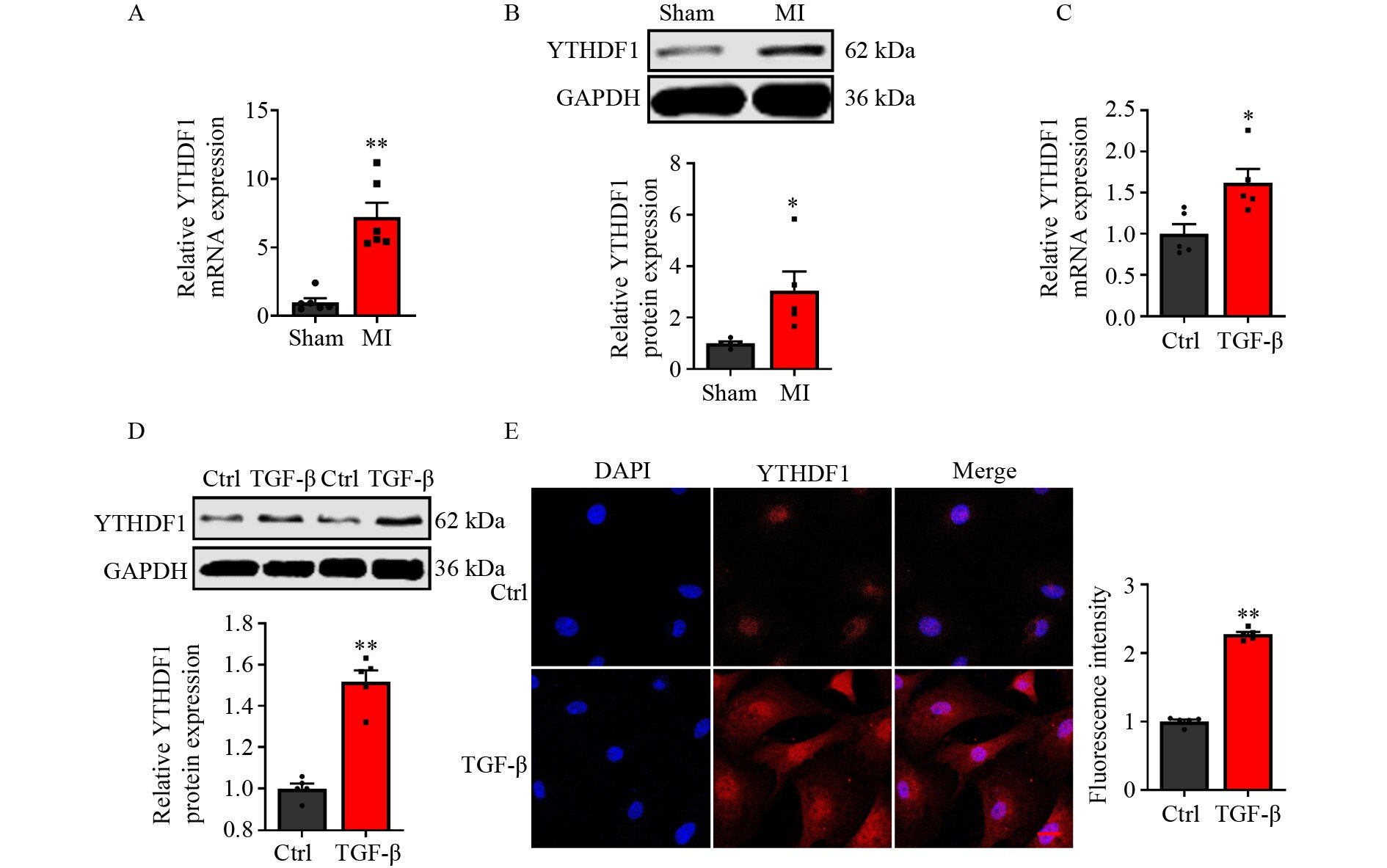
A study in Frontiers of Medicine explores the role of the m6A reader YTHDF1 in cardiac fibrosis, a condition characterized by the excessive accumulation of extracellular matrix proteins, leading to the stiffening of the heart and impaired function.
Cardiac fibrosis is a common pathological process in various cardiovascular diseases, including hypertension, myocardial infarction, and heart failure.
The study focuses on YTHDF1, a protein known to bind to N6-methyladenosine (m6A), a prevalent internal modification in eukaryotic messenger RNA (mRNA). m6A modification has been implicated in the regulation of a wide range of cellular processes, including mRNA splicing, transport, translation, and degradation.
The research reveals that YTHDF1 promotes cardiac fibrosis by enhancing the translation of AXL, a receptor tyrosine kinase known to be involved in tissue repair and fibrosis.
Experiments conducted within the study demonstrate that YTHDF1 interacts with AXL mRNA, leading to an increase in AXL protein levels. This interaction is shown to be crucial for the fibrotic response in cardiac fibroblasts, the cells responsible for producing the extracellular matrix in the heart.
The study also finds that the overexpression of YTHDF1 in cardiac fibroblasts results in enhanced cell proliferation and collagen synthesis, hallmarks of fibrosis.
Further investigation into the molecular mechanisms at play shows that YTHDF1-mediated AXL translation is regulated by the m6A modification status of AXL mRNA.
The study suggests that YTHDF1 binds to the m6A-modified AXL mRNA, facilitating its translation into protein, which in turn promotes fibroblast activation and collagen production.
In vivo studies using animal models confirm the role of YTHDF1 in cardiac fibrosis, showing that the deletion or inhibition of YTHDF1 results in reduced cardiac fibrosis, suggesting YTHDF1 as a potential therapeutic target.
The findings highlight the importance of the m6A RNA methylation pathway in cardiac fibrosis and indicate that targeting YTHDF1 could be a novel strategy for treating fibrosis in the heart.
The research also discusses the broader implications of these findings for other diseases where fibrosis plays a significant role, such as liver cirrhosis, kidney fibrosis, and pulmonary fibrosis. Understanding the role of m6A modification and its readers like YTHDF1 in these processes could lead to the development of new therapeutic approaches for a range of fibrotic conditions.
In conclusion, the study provides significant insights into the molecular mechanisms underlying cardiac fibrosis and identifies YTHDF1 as a key regulator of the process. By enhancing AXL translation, YTHDF1 promotes the activation of cardiac fibroblasts and the subsequent development of fibrosis.
These findings not only advance our understanding of the pathogenesis of cardiac fibrosis but also offer potential avenues for the development of targeted therapies to treat this condition and possibly others involving fibrosis.
More information:
Han Wu et al, m6A reader YTHDF1 promotes cardiac fibrosis by enhancing AXL translation, Frontiers of Medicine (2024). DOI: 10.1007/s11684-023-1052-4
Provided by
Higher Education Press
Citation:
Study finds YTHDF1 promotes cardiac fibrosis by enhancing AXL translation (2024, August 29)
retrieved 2 September 2024
from https://medicalxpress.com/news/2024-08-ythdf1-cardiac-fibrosis-axl.html
This document is subject to copyright. Apart from any fair dealing for the purpose of private study or research, no
part may be reproduced without the written permission. The content is provided for information purposes only.


